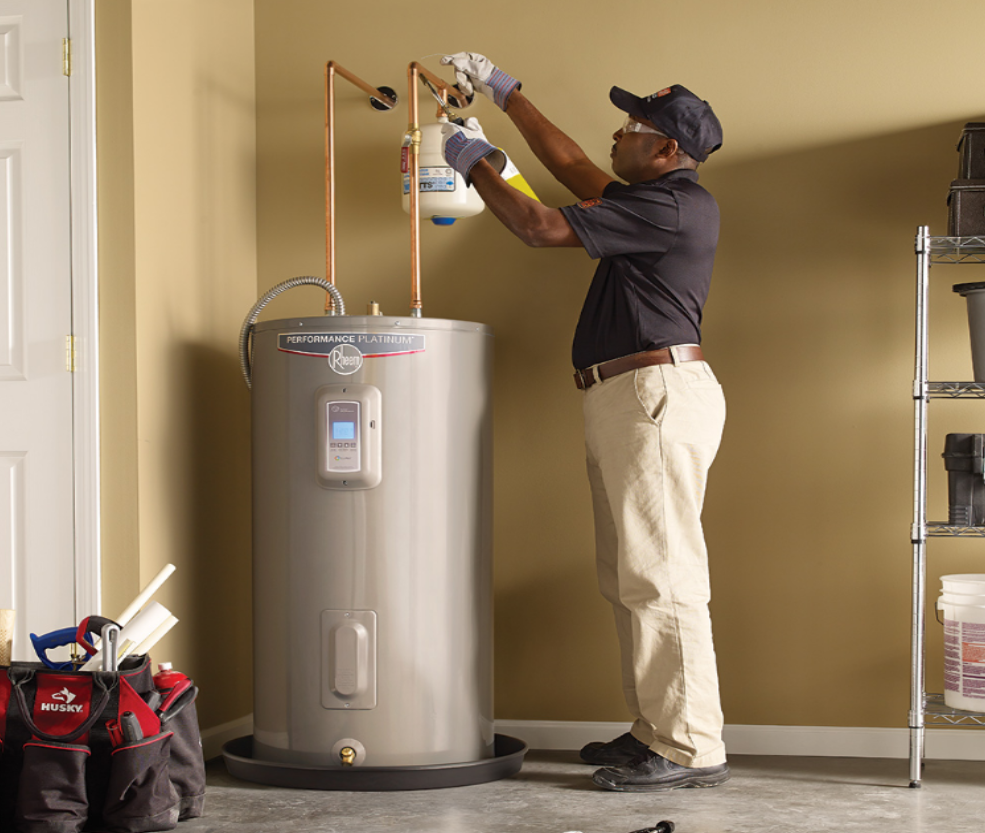One of the most frequent problems with water heater installation is that the unit is not properly secured. This can lead to serious damage if the unit leaks or bursts. Another common problem is that the wrong size unit is installed. This can also lead to damage or even complete failure of the unit. Always make sure that you hire a qualified and experienced professional to install your water heater. This will help to ensure that the job is done right and that your investment is protected.
It’s possible that your heat source is the problem. If you have an electric water heater, this might indicate that one or more of your heating elements has failed or their electrical connection has been damaged. This can be a bad pilot light or a faulty gas connection in the case of gas water heaters. If your pilot light is burning but the gas isn’t igniting, there may be an issue with your burner as a whole, which needs to be addressed.
If your heater is newly installed with an electronic ignition system, go to your breaker box and check if the circuit has tripped. If it did, reset it and retry igniting your water heater – it should work this time.
A number of issues could explain why your water heater takes an unusually long time to reheat. Perhaps your thermostat is set too low, which means the burner isn’t outputting enough energy. Alternatively, you might have a problem with your gas connection—for example, poor gas pressure or a dirty vent flue that prevents proper gas flow. Cleaning these parts could solve the issue. A water heater often doesn’t reheat properly because it can’t keep up with the demand of a home. It quickly uses all the hot water and then has to refill, leading to lukewarm water running through the pipes. This makes it appear as if your water heater never heats up again when, in reality, it just didn’t have enough time.
Poor water pressure in old houses is due to the smaller pipes that were used when the home was built. Houses nowadays utilize bigger pipes that can carry extra water, but if you have an older property, you’ll need to replace all of your plumbing – a costly job. If you do have current plumbing in your home, however, you might be able to increase water pressure by ensuring that your sink aerators aren’t clogged (which tend to become clogged over time). Also, double-check your water intake valve again just to be sure it isn’t accidentally closed.

